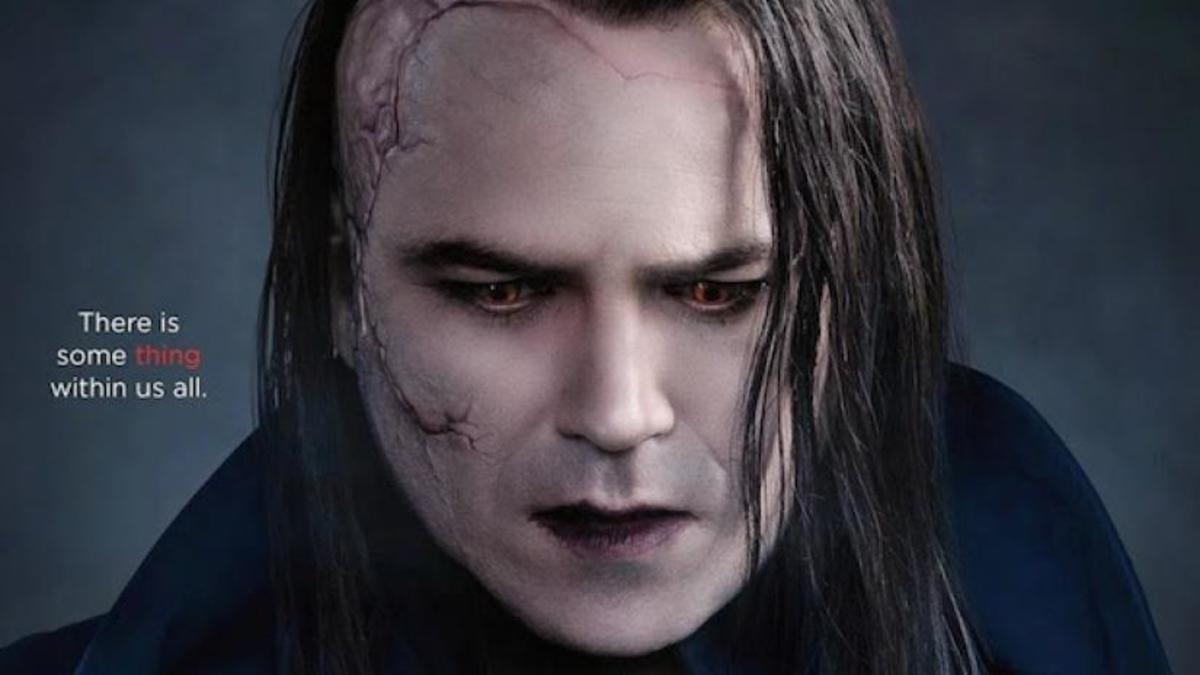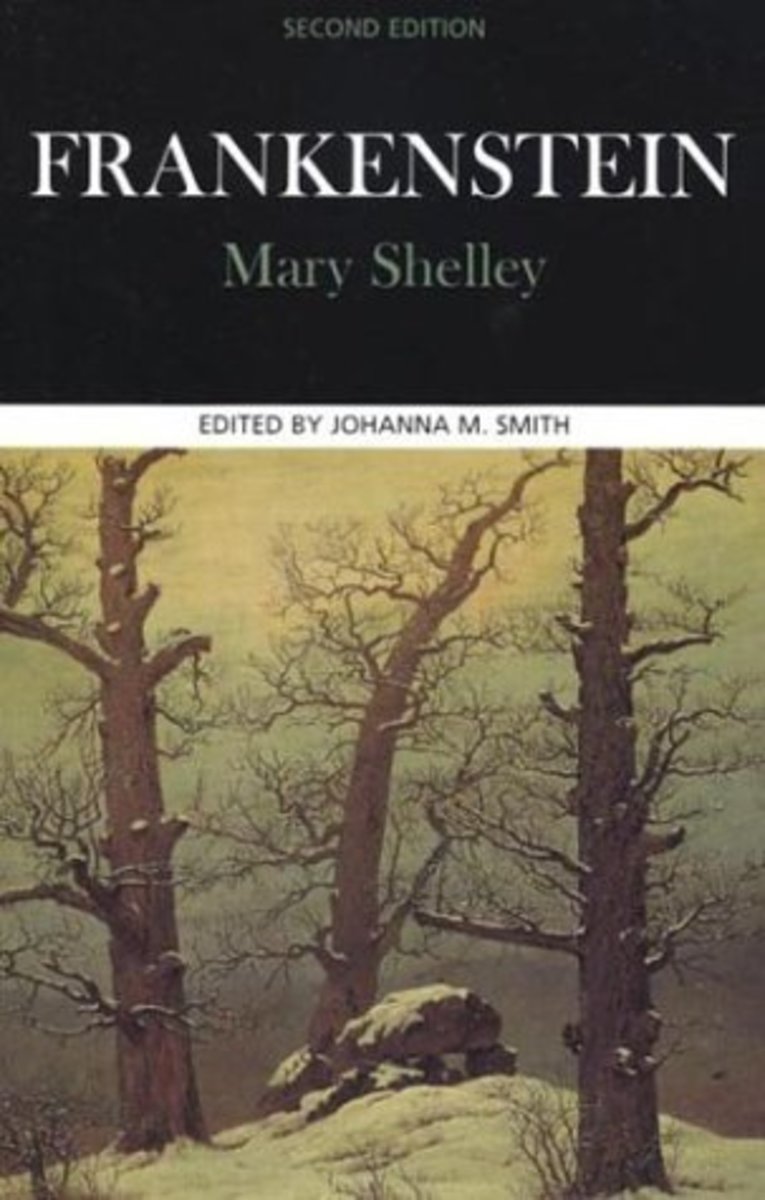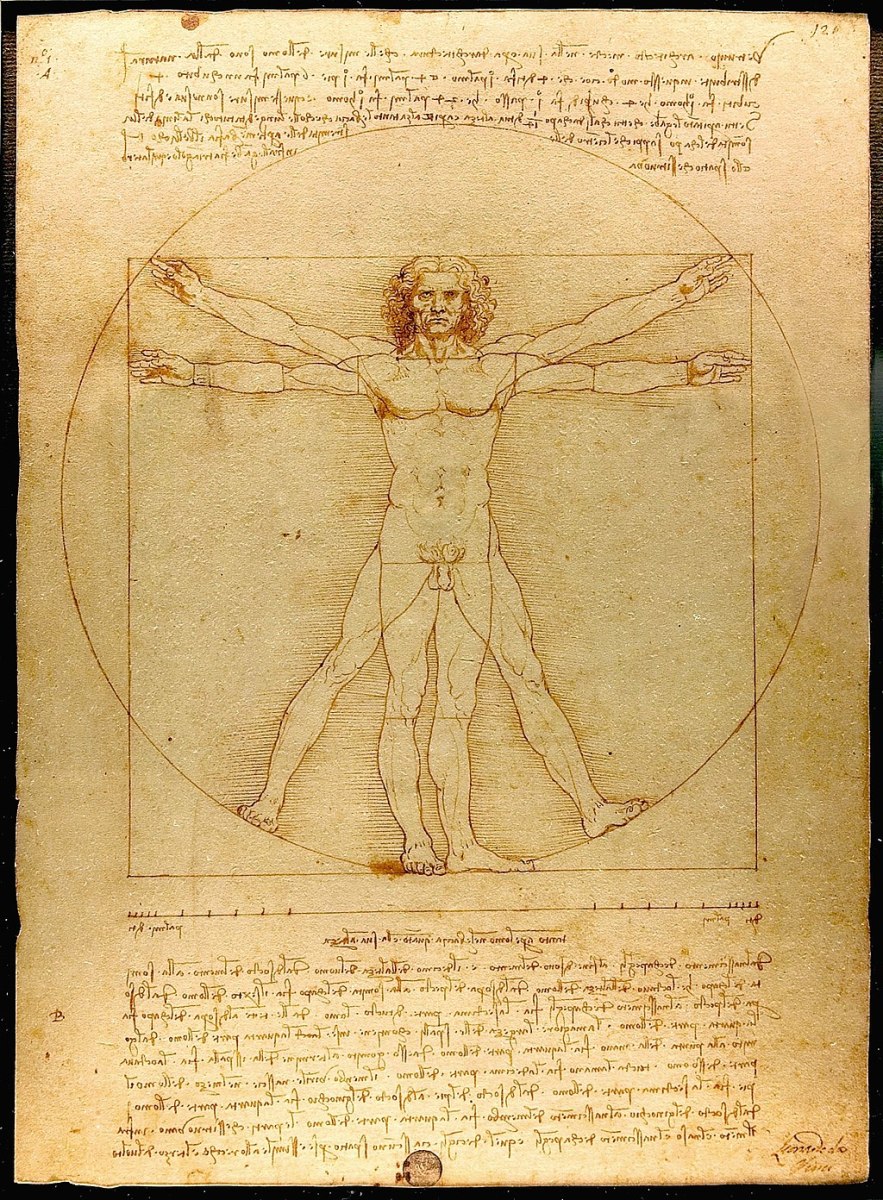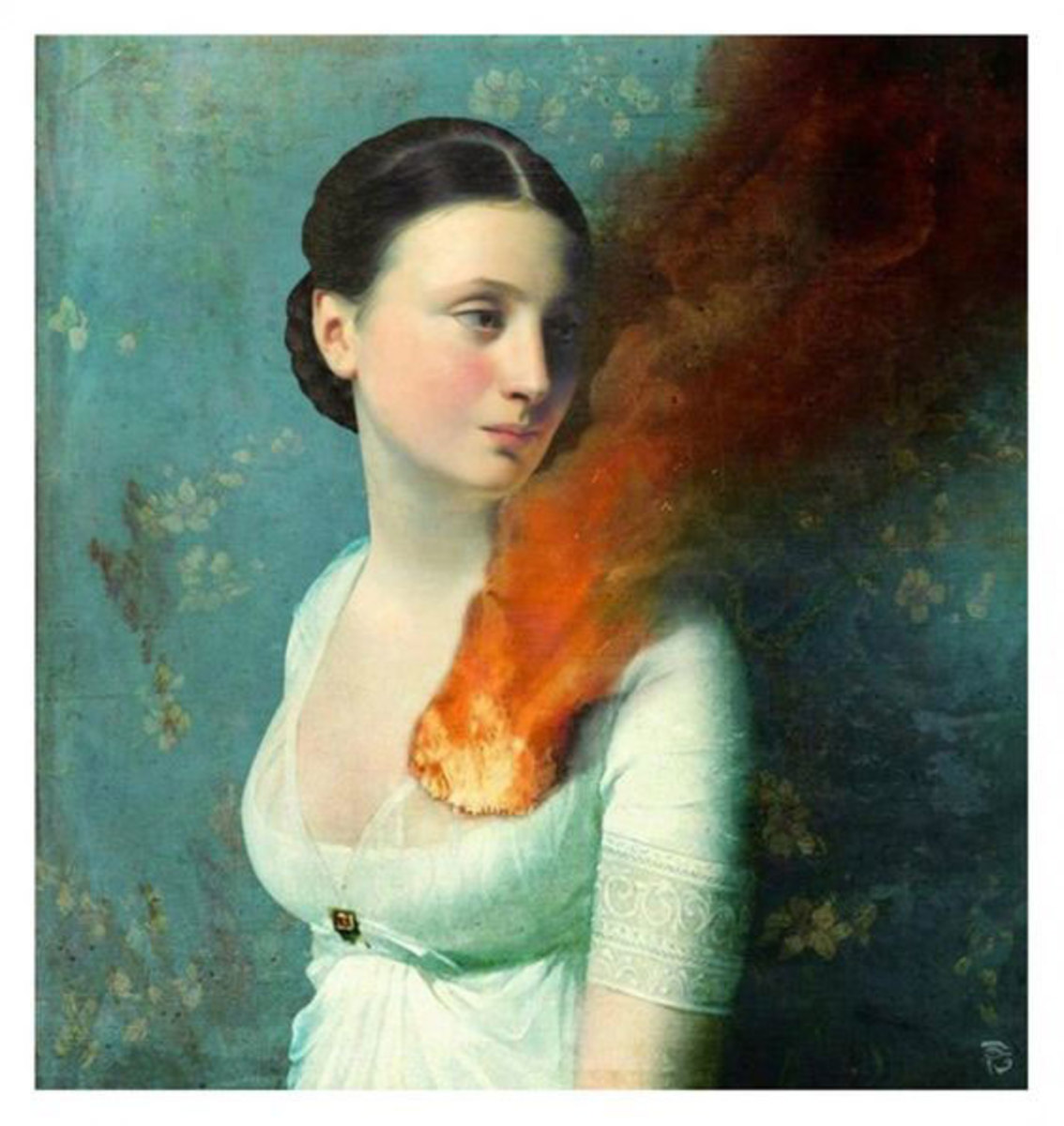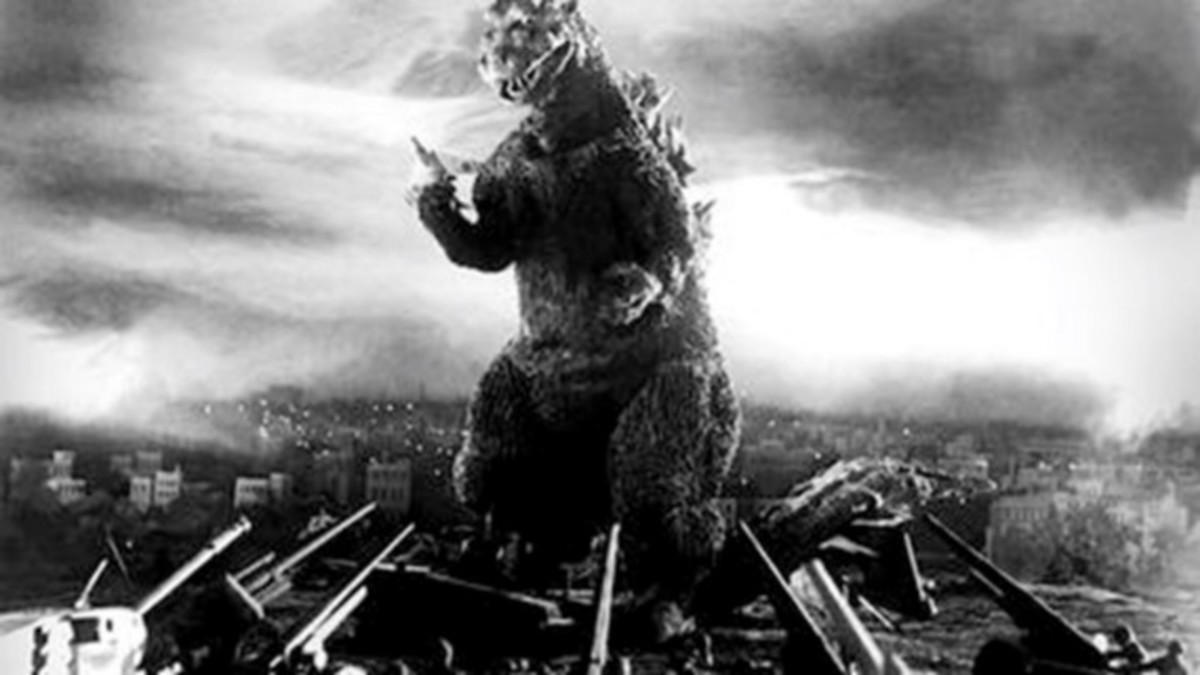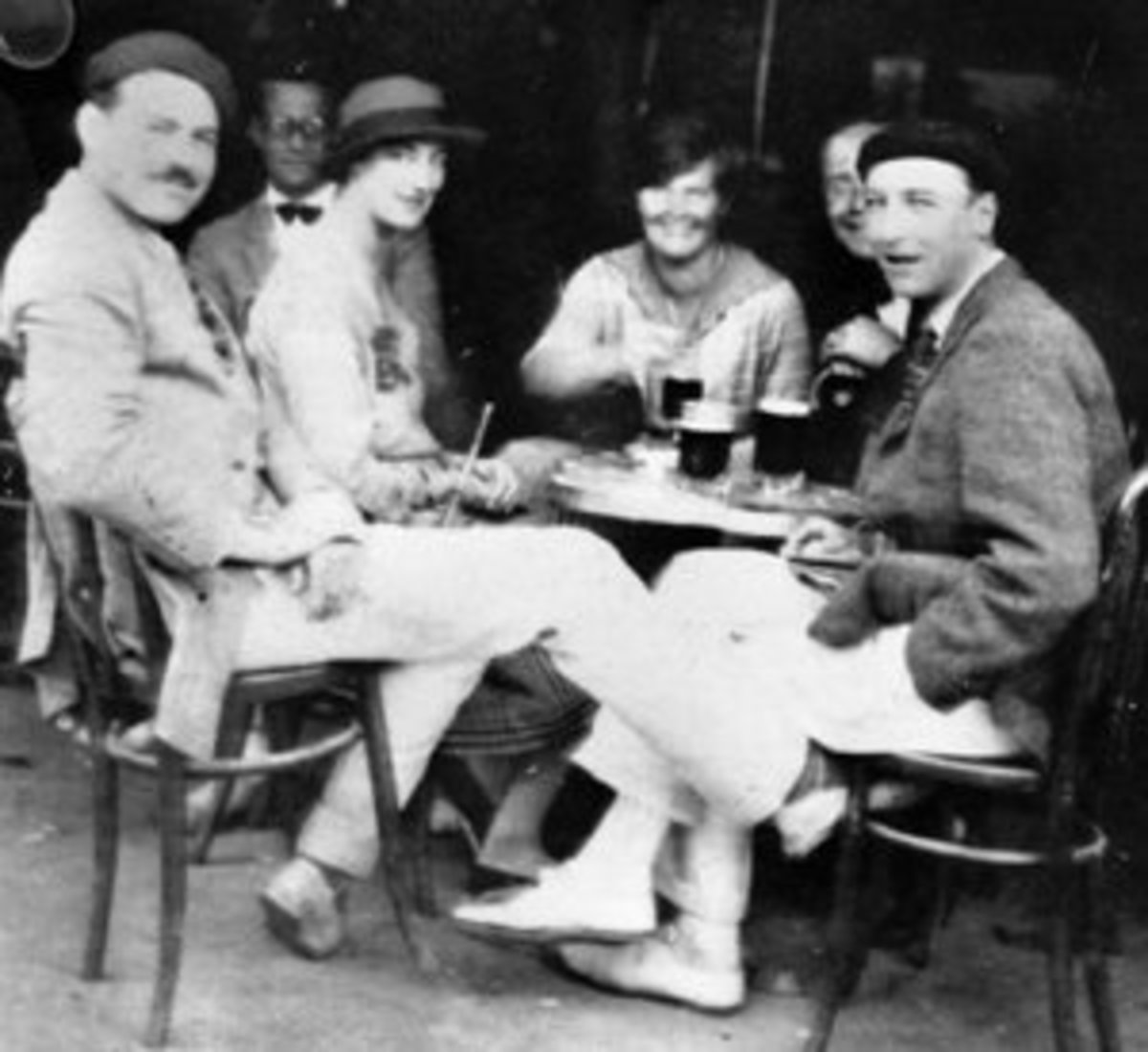Human Passion and Alienation in Mary Shelley's Frankenstein
When Mary Shelley was crafting the story of Frankenstein, she was not weaving just “a series of supernatural terrors” but she claims to have based the story on events not of impossible occurrence” as stated in the preface, “The event on which this fiction is founded has been supposed, by Dr Darwin, and some of the physiological writers of Germany, as not of impossible occurrence” (v). However, more than the events, it is the human passions she focuses on, as she admittedly claims, “…and, however impossible as a physical fact, affords a point of view to the imagination for the delineating of human passions more comprehensive and commanding than any which the ordinary relations of existing events can yield” (vi). The paper will go on to explore the ways in which the author makes an appeal to human passions to depict a story of a monster through out the story. Human passions that we intend to explore is not limited merely to the passion for knowledge that drives Frankenstein to animate matter, but is also depicted in the relationship with the monster, and the monster’s passion against breaking off his alienation in the social milieu he lives in.
One of the fundamental human needs is the need of companionship. The intense human need of companionship or partnership with opposite sex is one such fundamental need that must be properly fulfilled if enormous destruction is to be avoided. In the story, the emotional need or passion for a partner is not only intensely felt by the monster but is a cause of not just his threat to Frankenstein but also of vengeance and destruction. According to Alan Rauch (1995), “The monster's ominous warning that “we may not part until you have promised to comply with my requisition” (140) is a threat, and by this time, he is already responsible for the deaths of William and Justine. But the fact of the matter is that the monster, in asking for a mate, is merely trying to find a social context for his own Existence”. In other words monster’s emotional needs are as real as of any one of us that lead a social existence.
To the world at large, the monster appears a despicable and detestable creature. They do not see that there lies a wealth of emotion within him. This is probably what the monster rebels against. He is almost crying for human warmth and touch while he is reckoned worse than an evil that must be avoided at any cost. Frankenstein could readily decipher the meaning in the creature’s countenance, “his countenance bespoke bitter anguish, combined with disdain and malignity” (94). Nonetheless there are some that indeed see the monster for what he really is. In fact there are only two characters that do not see evil in the monster. One of them is the blind Father De Lacey who cannot see the physical feature of the creature but can hear his words: “I have good dispositions; my life has been hitherto harmless, and, in some degree, beneficial; but a fatal prejudice clouds their eyes, and where they ought to see a feeling and kind friend, they behold only a detestable monster” (130)” (cited in Mellor 2). Father De Lacey infers from his eloquent, honest sounding words that the monster is genuine even as he cannot see his countenance.
This could be contrasted with the opinions of the others that have seen the monster as nothing but a despicable evil including the old man in his hut, the villagers, Felix, Agatha, and Safie, the rustic whose drowning girl friend he saves, and finally even William Frankenstein. The old man in the hut on seeing him, “shrieked loudly, and, quitting the hut, ran across the fields with a speed of which his debilitated form hardly appeared capable” (100). The monster describes the reaction of villagers as not very different: “shrieked . . . fainted . . . attacked me, until, grievously bruised by stones and many other kinds of missile weapons, I escaped to the open country” (101). Felix, Agatha and Safie are utterly horrified and punish the monster for his looks:
Who can describe their horror and consternation on beholding me? Agatha fainted; and Safie, unable to attend to her friend, rushed out of the cottage. Felix darted forward, and with supernatural force tore me from his father, to whose knees I clung: in a transport of fury, he dashed me to the ground, and struck me violently with a stick. (131).
While narrating the pathetic experiences he undergoes, the monster appears in a crying need of connecting to human beings and belonging to them while he gets rejection every where. He saves the drowning girlfriend of a rustic but the rustic tears away the girl from his arms and shoots him. A creature ultimately looks at the creator for emotional belonging when every one rejects him but here too the creator William Frankenstein rejects him that could be symbolic of the ultimate rejection: “As soon as he beheld my form, he placed his hands before his eyes, and uttered a shrill scream . . .`Let me go,' he cried; 'monster! ugly wretch! you wish to eat me, and tear me to pieces—You are an
ogre'— “(139).
Throughout the narrative, we notice that the monster was capable of conducting himself only in two morally contrasting ways – virtue and vice. These are the two contrasting ways in which human beings driven by passion are actually capable of conducting themselves. This is as much proven by the creature’s self analysis:
Once I falsely hoped to meet with beings, who, pardoning my outward form, would, love me for the excellent qualities which I was capable of bringing forth. I was nourished with high thoughts of honour and devotion. But now vice has degraded me beneath the meanest animal. No crime, no mischief, no malignity, no misery, can be found comparable to mine .. . the fallen angel becomes a malignant devil. . . . Am I to be thought the only criminal, when all human kind sinned against me? (219)
Barbara Johnson (1982) has attempted to delineate the theme of parenthood in Mary Shelley’s work. The emotion of love is at the root of parenthood. The relationship between parenthood and monstrousness is open to unsettling formulation. It would be an impossible effort to find an adequate model of parenthood in Frankenstein . The life of Frankenstein and that of the monster share a parallel amid two antithetical modes of parenting. Frankenstein is the doting child of two loving parents in contrast to the monster who is immediately rejected and abandoned by its creator. However, despite the two contrasting mode of parenting, we discover that both of them meet the same fate in the end. Both of them reach an “equal degree of alienation” and self torture” as they continue to pursue each other across the polar waste. In retrospect, it is the strong human passion that characterizes their fate. The novel presents to Barabara Johnson the impossibility of finding an adequate model of parenthood but to me it is the very inadequate parenthood that is at the root of emotional crisis exhibited in the form of passion that explains the behavior of the two. It is as if by the very inadequacy of being human that (since human beings are incomplete) “no escape from monstrousness seems possible”
The inescapable monstrousness in human beings derives from passion even as it has been held that pursuit of knowledge must be dispassionate. However, while all human endeavor including the pursuit of knowledge ought to be dispassionate, they are not. Consider the statement made by Victor:
A human being in perfection ought always to preserve a calm and peaceful mind, and never to allow passion or a transitory desire to disturb his tranquility. I do not think that the pursuit of knowledge is an exception to this rule. If the study to which you apply yourself has a tendency to weaken your affections, and to destroy your taste for those simple pleasures in which no ally can possibly mix, then that study is certainly unlawful, that is to say, not befitting the human mind. If this rule were always observed; if no man allowed any pursuit whatsoever to interfere with the tranquility of his domestic affections, Greece had not been enslaved; Caesar would have spared his country; America would have been discovered more gradually and the empires of Mexico and Peru had not been destroyed (p.58).
It was the passion for knowledge that was the driving force in Victor to animate lifeless material body. However, his passion for reanimating the dead body clouds his judgment to the extent that he is incapable of foreseeing the consequences of his creation. Moreover, in the heat of passion Victor fails to see that his pursuit of knowledge would actually violate the law of nature, the consequences of which can be horrendous. He has in fact been prohibited from violating Mother Nature but his passion overcomes all resistance.
Frankenstein declares of his early passion for science, "I was . . . deeply smitten with the thirst for knowledge” (chap. 2). Shelley underlines the significance of his father’s prohibition against the young boy devouring archaic books that fuels the fire in him to open the secret of life (Homans 2).
The theme of passion is evident in the very opening of the novel where we find the “radiant anticipation” when Robert Walton sets sail from London for the North Pole with the ambition to discover causes of gravitation and planetary movements. The excitement is evident when Walton envisions at the North Pole: “The Sun is forever visible, its broad disk just skirting the horizon and diffusing a perpetual splendor” (p.1). He goes on further, “I may discover, the wondrous power which attracts the needle and may regulate a thousand celestial observations” (pp1-2). The man is clearly charged with passion and excitement to explore. He is not bothered by the perils that his exploration entails nor by his loneliness: “I feel my heart glow with an enthusiasm which elevates me to heaven” (p.2) but Walton’s exuberance swings from high to low as reflected in, “I have no friend” (p.5) the letter he writes. His exuberance resurfaces soon when he seems quite excited by the prospect of his undertaking. However, Victor Frankenstein soon encounters him with a word of counsel, “You seek for knowledge and wisdom” he cautions, “and I ardently hope that the gratification of your wishes may not be a serpent to sting you, as mine has been” (p.15). The message contained in Victor Frankenstein’s words of warning and caution depict what unbridled passion can have as their consequence, as Frankenstein’s passion for learning and knowledge swelled in course of time to become the torrent which “in its course…swept away all hopes and joys (p.24). In time Frankenstein decided to apply himself to the supreme endeavor of creating life from scraps of dead bodies (Schneider 33-37). The story goes on to show how unchecked passion can be ultimately destructive in as much as we are likely to err in our most remarkable endeavor.
Frankenstein is a tale about untamed enthusiasm and passion. It makes us aware of human greed and presumption. It tells us what happens when we acquire the power to delve into the secrets of nature and recklessly exploit the technology to command and enslave nature. The story has also a moral on the consequences of subverting the laws of nature. Perhaps Frankenstein is more relevant today in comparison to the times when it was written. Today we have learnt to split atom and manipulate the genetic code. Today, we need to restraint our passion as never before as the world is on the brink of disaster with technology taking over human discretion. Genetic engineering, atomic, space and ocean technologies are highly advanced and in taming them we need to keep within bounds. The monster in Frankenstein is an example of the consequence of untamed human passion.
The time when Mary Shelley wrote Frankenstein was the age of enlightenment. It was the age of reason with science making all round great strides. It was this optimism of the era that is reflected in Victor Frankenstein’s endeavor to strive at an amazing enterprise. However, the expansive human passion to master the nature could not have been without adverse consequences. Mary Shelley, as stated in preface was “delineating” human passions that is certainly “more comprehensive and commanding than any which the ordinary relations of existing events can yield”. The source of inspiration in the book is without doubt the human passions that propel the story forward from the outset. The human passions evident in the story underlie not just the quest for knowledge but are also evident in the relationships. The relationship between creator and creation is the ultimate relationship. However, this relationship between Frankenstein and his, creation the monster is vitiated right from the beginning because the creation of the creator turns out to be ugly. This is the relationship that can never remain dispassionate for the creation is so intimately related to the creator. We might like to see this relationship in context of the contemporary era. It was the age when Industrialization had begun and the old order was crumbling. The relationship between man and man and man and his creation was changing rapidly because production relations were changing. It was the age when alienation among the workers had set in as they were disassociated with what they produced on one hand and from their larger circle of kins on the other. The same alienation is evident in the monster as well as his creator.



